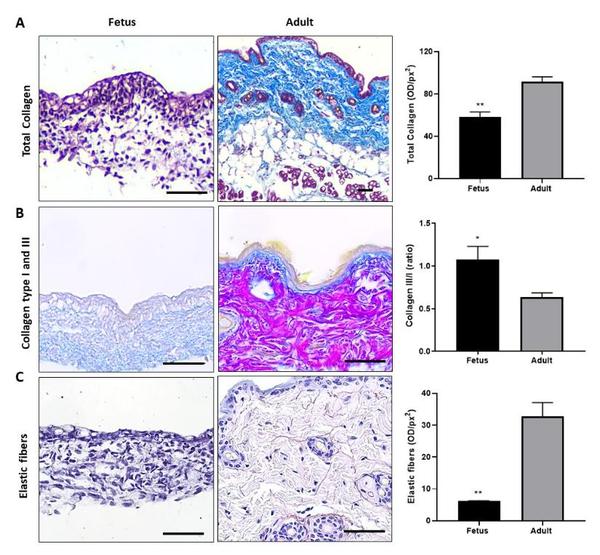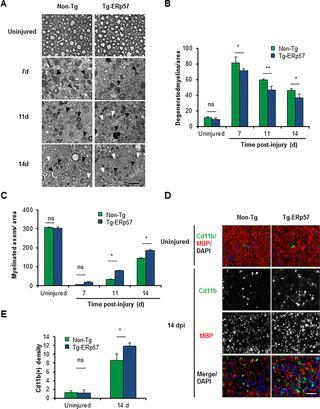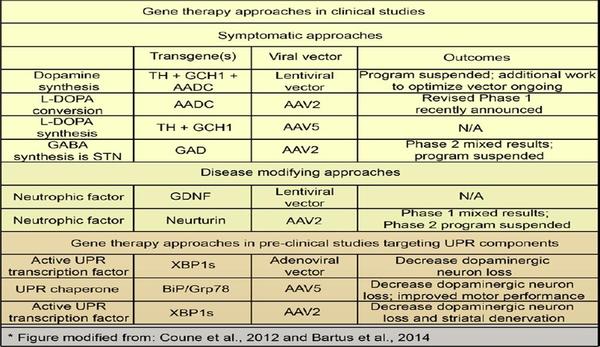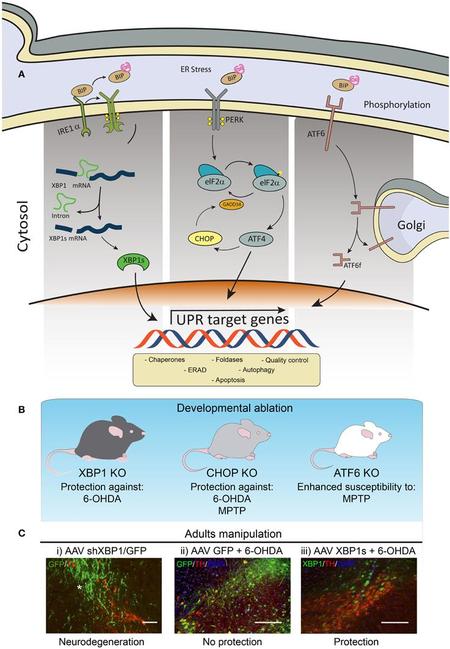Importing...

Valentina Castillo Salgado
Welcome to my portfolio! I’m a freelance Medical Writer with 10+ years of biomedical research experience, passionate about transforming complex science into clear, impactful communication.

About Me
Hi, I’m Valentina, a biomedical scientist turned medical writer with over 10 years of experience in clinical and preclinical research. My background spans neuroscience, regenerative medicine, and tissue engineering, with 10+ peer-reviewed publications and 8 collaborative research projects.
Driven by a passion for both science and storytelling, I specialize in translating complex medical content into clear, engaging communication—whether for regulatory documents, scientific summaries, or public-facing content.
🌱 My mission is to bring science closer to people by combining accuracy with creativity to inform, educate, and connect.
Thanks for visiting my portfolio. Let’s bridge the gap between science and people together.
Get in touch!


Vaginal Dryness: Causes, Symptoms & Why It Matters | Neycher

Condoms and BV: Understanding the Connection & Prevention Tips | Neycher

Oxygenation by Intravascular Photosynthesis Reduces Kidney Damage During ex Vivo Preservation

Development of a Hibernation‐Inspired Preservation Strategy to Enhance the Clinical Translation of Photosynthetic Biomaterials

Structural and Functional Characterization of Scaffolds Derived from Adult Animals with Different Regenerative Potential: A Comparative Study between Decellularized Axolotl and Mouse Skin.

Comprehensive characterization of mouse skin derived from regenerative versus reparative stages: a comparative analysis

Comprehensive Characterization of Tissues Derived from Animals at Different Regenerative Stages: A Comparative Analysis between Fetal and Adult Mouse Skin
permission is required to reuse all or part of the article published by MDPI, including figures and tables. For
articles published under an open access Creative Common CC BY license, any part of the article may be reused without
permission provided that the original article is clearly cited. For more information, please refer to
https://www.mdpi.com/...

Comparative analysis of skin extracellular matrix derived from mice in regenerative and reparative developmental stages

Enforced dimerization between XBP1s and ATF6f enhances the protective effects of the UPR in models of neurodegeneration
Cookie settings for this site.
All content on this site: Copyright © 2025 Elsevier Inc., its licensors, and contributors. All rights are reserved, including those for text and data mining, AI training, and similar technologies. For all open access content,...

Frontiers | The Reparative Abilities of Menstrual Stem Cells Modulate the Wound Matrix Signals and Improve Cutaneous Regeneration

Targeting PERK signaling with the small molecule GSK2606414 prevents neurodegeneration in a model of Parkinson's disease

ER stress and Parkinson's disease: Pathological inputs that converge into the secretory pathway
Cookies are used by this site. Cookie Settings
All content on this site: Copyright © 2025 Elsevier B.V., its licensors, and contributors. All rights are reserved, including those for text...

Functional Role of the Disulfide Isomerase ERp57 in Axonal Regeneration
e0136620.
https://doi.org/10.1371/journal.pone.0136620Editor: Thomas H. Gillingwater, University of Edinburgh, UNITED KINGDOMReceived: March 9, 2015; Accepted: August 3, 2015; Published: September 11, 2015Copyright: © 2015 Castillo et al. This is an open access article distributed under the...

Gene therapy in Parkinson's disease: targeting the... : Neural Regeneration Research

Frontiers | ER proteostasis disturbances in Parkinson's disease: novel insights
